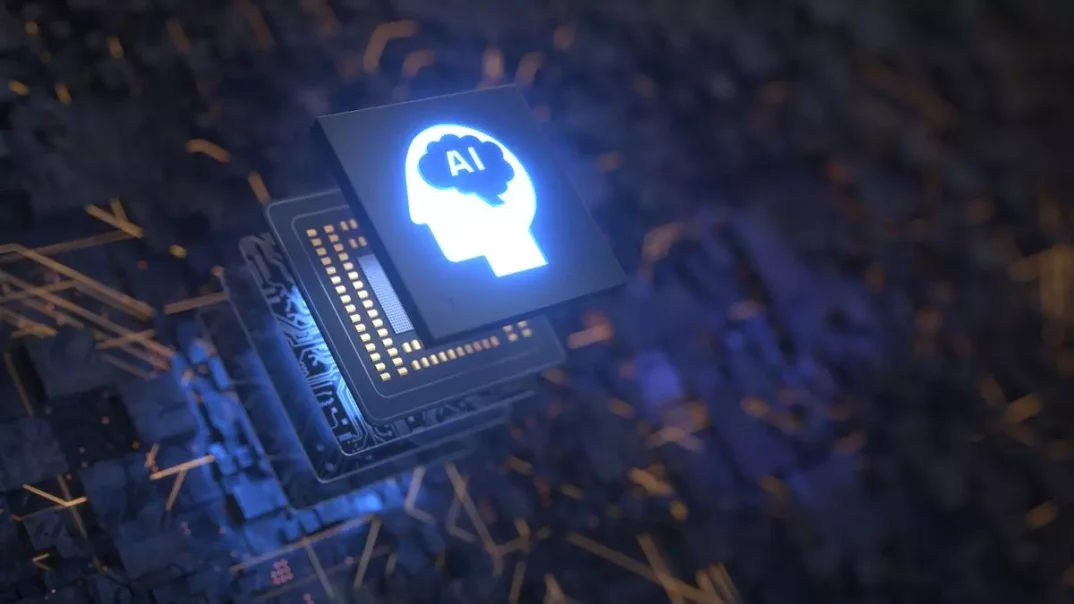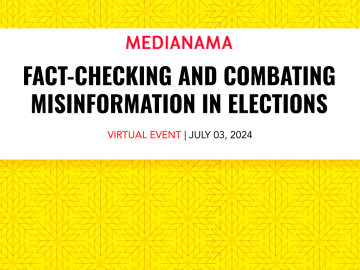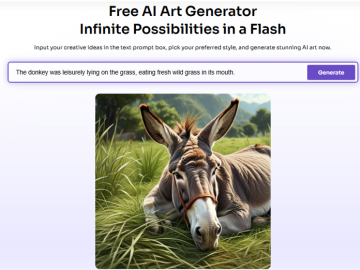A lot rides on just a few stocks in the global market these days. From the time the AI rally started in May 2023, the cluster of Magnificent 7 stocks and a few other companies tied to the AI theme have been rank outperformers.
Given their disproportionately high market capitalisation, they have been key drivers for S&P 500 and Nasdaq Composite over the last one year as well. As of last week, these seven stocks account for 30 percentage of the entire US market capitalisation, levels of concentration not seen even during the dotcom boom. So, suffice it to say, if they disappoint versus expectations, it can pose some risk to the global rally in AI stocks and have a rub-off effect on broader markets as well. To this extent, the June quarter results season is turning out to be an inflexion point as far as investor expectations on AI stocks are concerned.
In recent weeks, the US market has been witnessing some rotation, with investors moving out of AI/tech stocks into mid- and small-cap stocks. This trend got amplified last week when, on July 24, investor disappointment with Alphabet and Tesla results pushed the S&P 500 and Nasdaq Composite down by 2.34 and 3.64 per cent respectively, the worst single-day performance for both indices in nearly 20 months.
Shares of Tesla closed down 12.3 per cent on July 24, its worst single-day performance in four years after reporting very weak adjusted EBITDA and free cash flows, which missed consensus expectations by 7 and 31 per cent, respectively. For a stock valued as it is (one year forward PE at 78 times), these are terrible misses. After hitting a low of $138 in April this year, the stock had rallied all the way back to $271 a few weeks back as Elon Muskâs propping up of his pet themes such as Robotaxis and Optimus (Robotic Humanoid) played well into investor frenzy, although both these pet themes are years away from implementation. Nevertheless, it worked well for him, till it got halted by the recent results season.
In the case of Alphabet, results were fine, with the company meeting or beating on most metrics, but for free cash flows. But herein lies the test for well-established and cash-rich AI companies such as Alphabet. With free cash flows taking a hit as these companies invest heavily on AI capabilities, investors, after being largely supportive in the last one year, are now gradually beginning to ask some tough questions on how the companies are going to make money on their AI investments.
For example, Alphabet is expected to splurge a whopping $50 billion in capex in CY24 versus earlier expectations of $38 billion, much of it relating to building AI capabilities. In the earnings call, Alphabet CEO Sundar Pichai expressed his view of how the risk of under-investing is dramatically greater than the risk of over-investing. A disconnect might be emerging here versus some investors here, as AI revenue remains insignificant.
For example, if we assume 50 per cent of Alphabetâs capex for the year of $50 billion or $25 billion will be on AI and this may be the case for two or three years, that would be cumulatively $50 to $75 billion in AI capex. To meet Alphabetâs current Return on Equity of 27 per cent, these investments need to generate over $13-$20 billion in annual profits in three years from now. That looks quite daunting, given the insignificant AI revenues now.
If companies at some point feel they have over-invested, then this will play out in the form of lower-than-expected growth for core players in AI technology, such as Nividia. Not that these are imminent, but at some point investors will begin to start worrying about these.
Thus, while the AI theme is intact from a long-term perspective, July 2024 might mark the phase where investors/ markets shifted to the second stage of the act.
SHARE
Published on July 27, 2024





